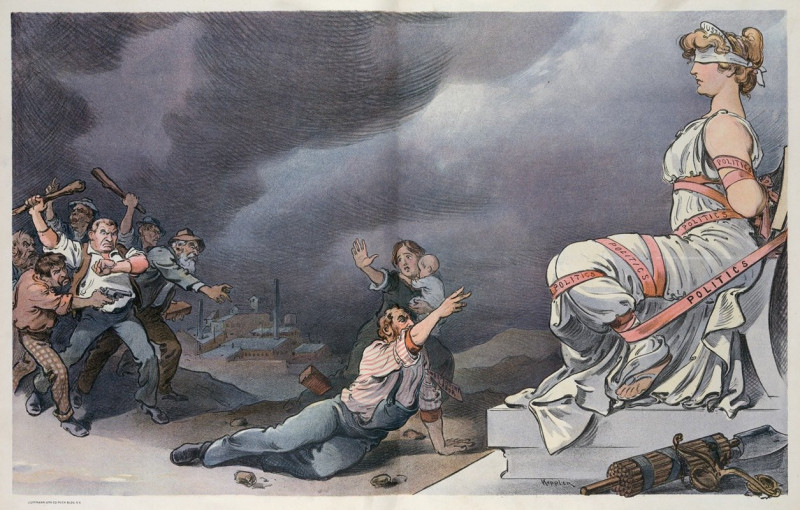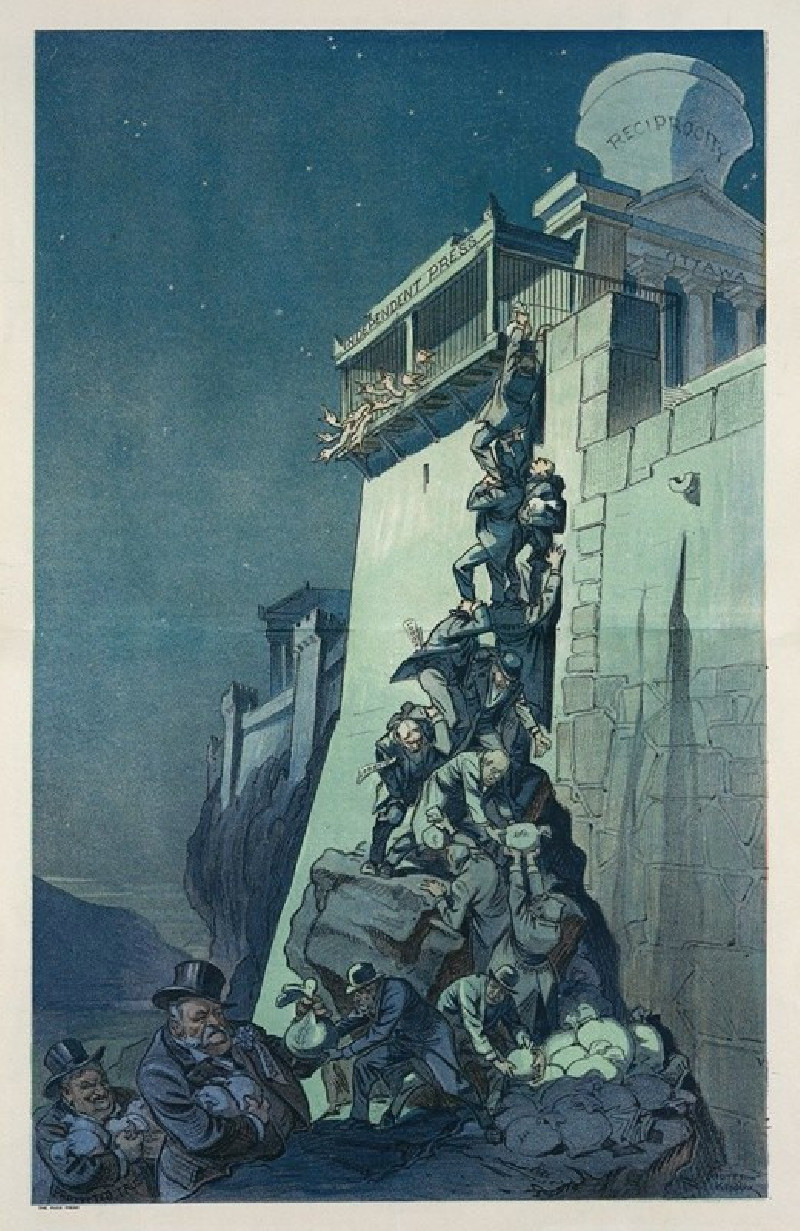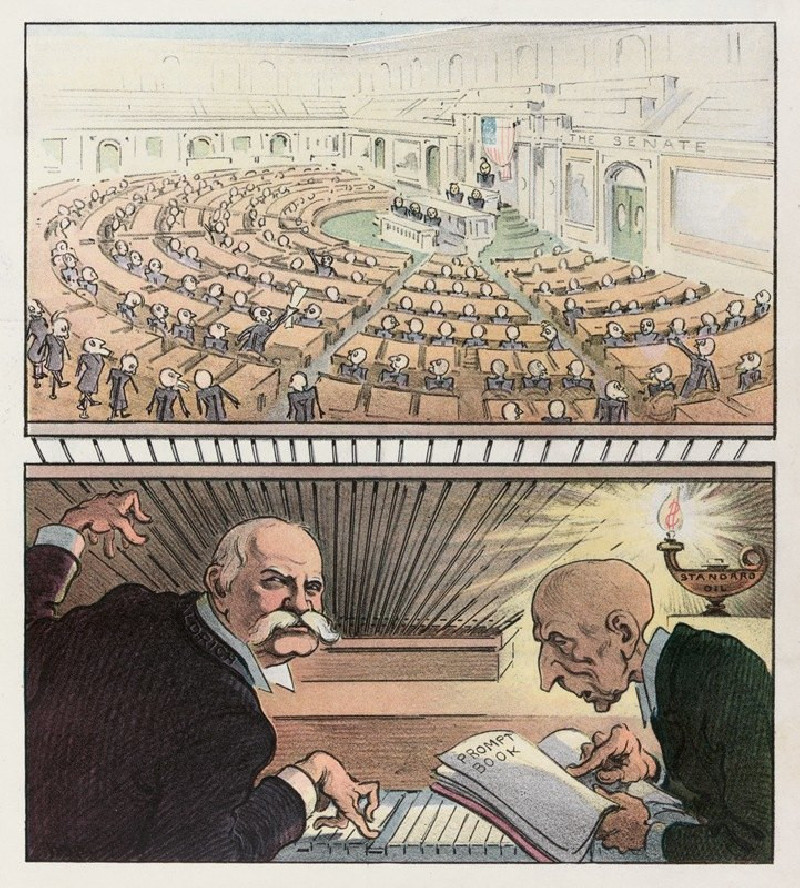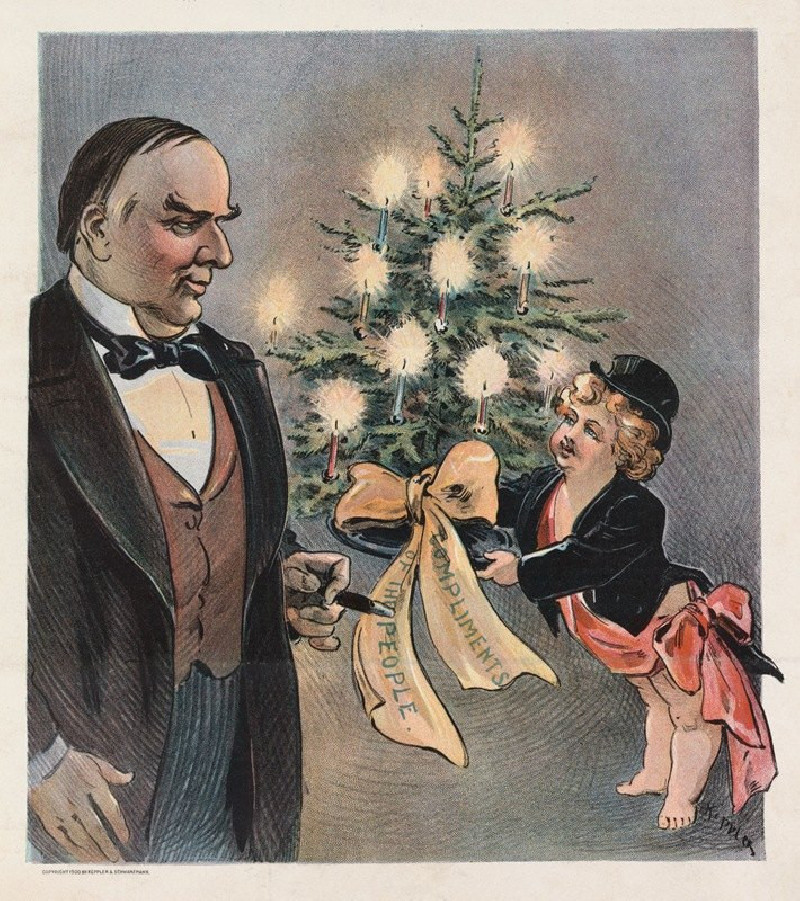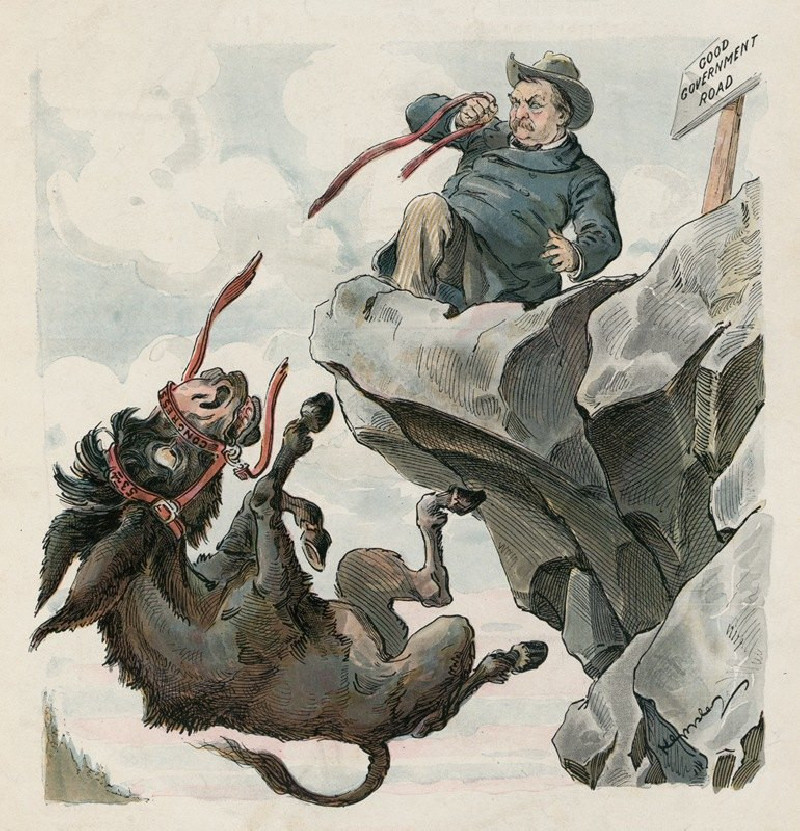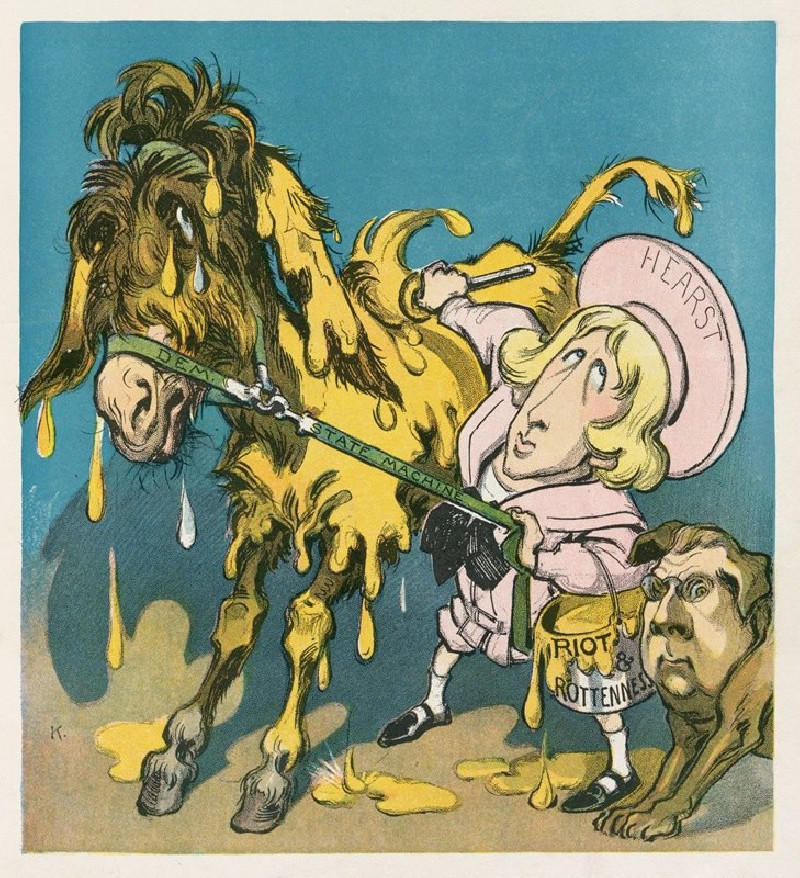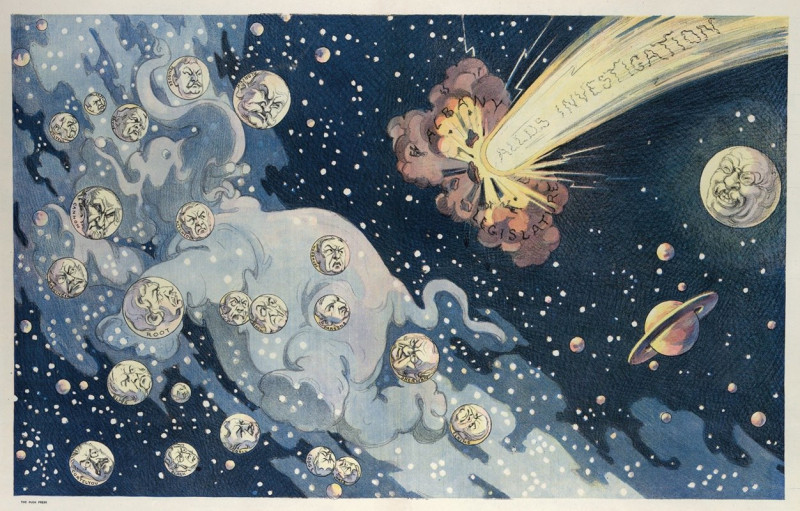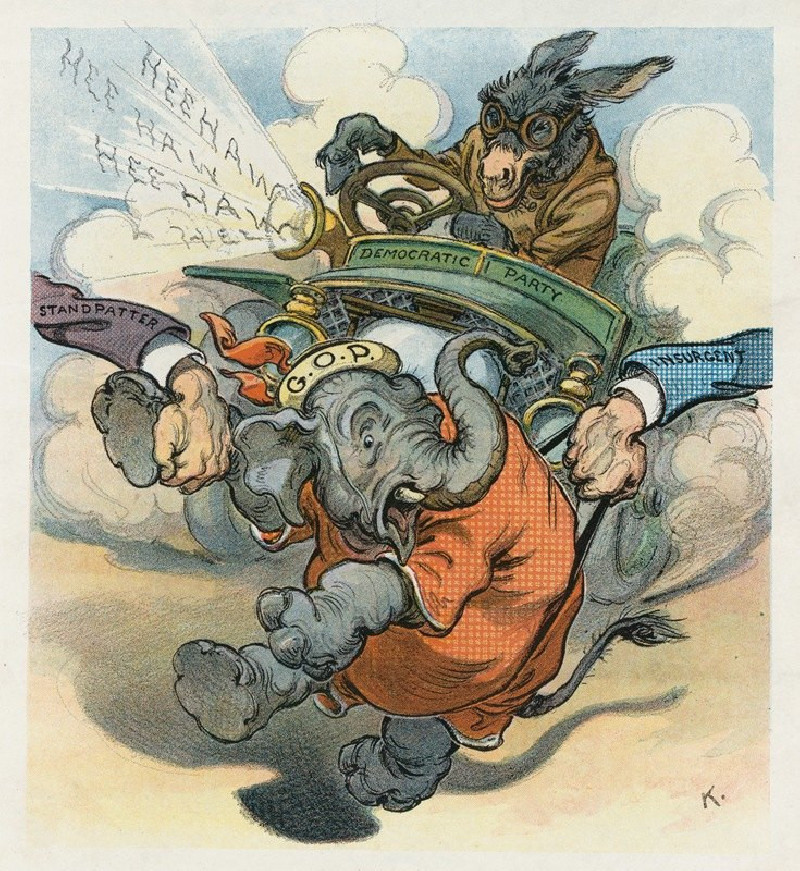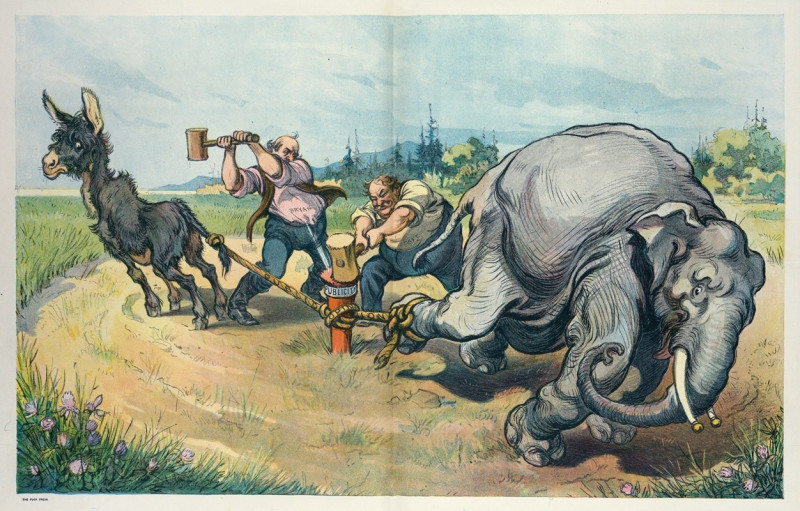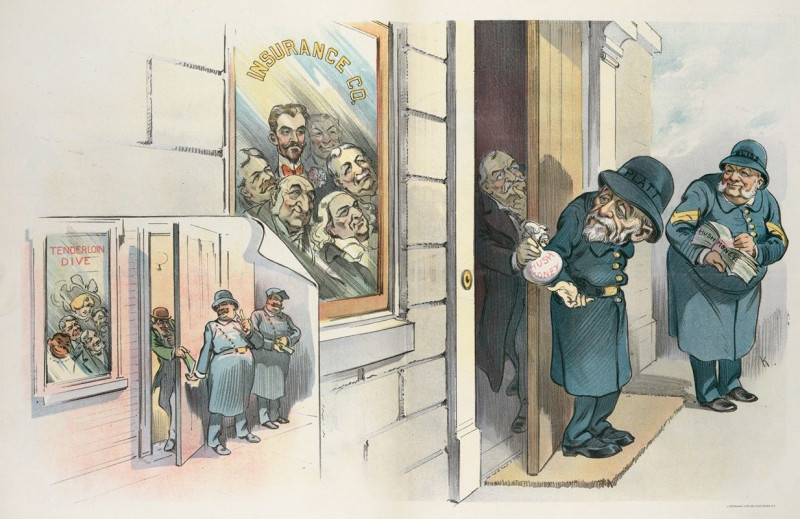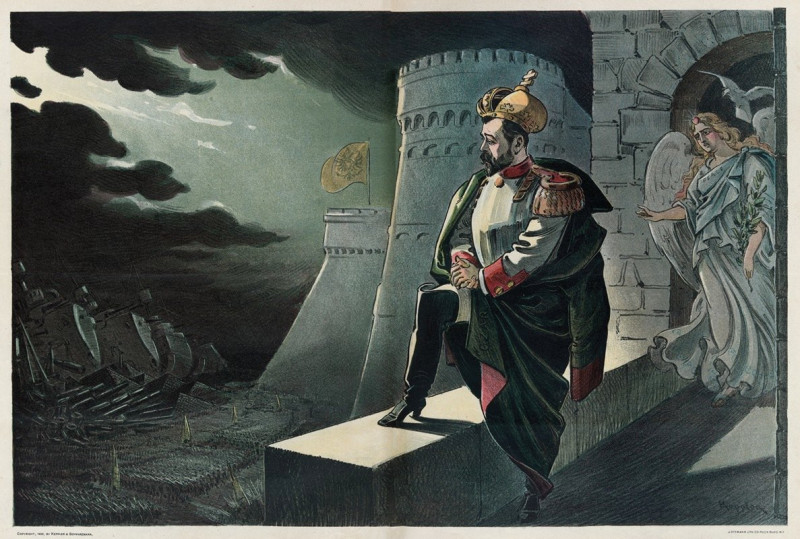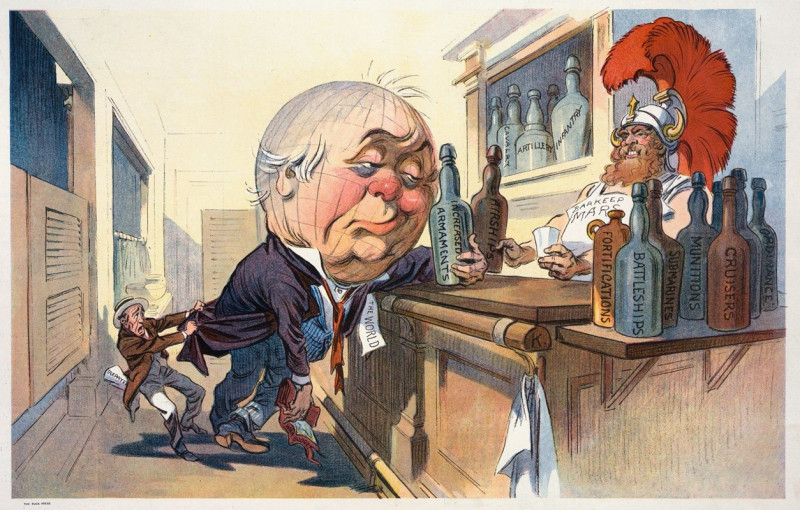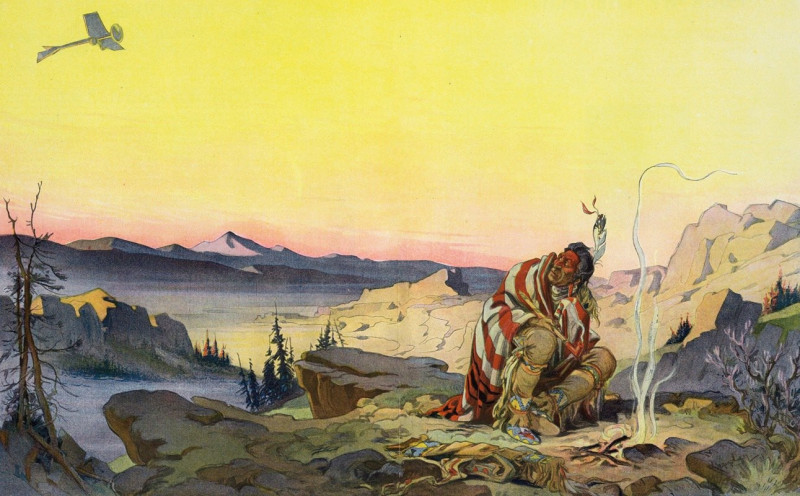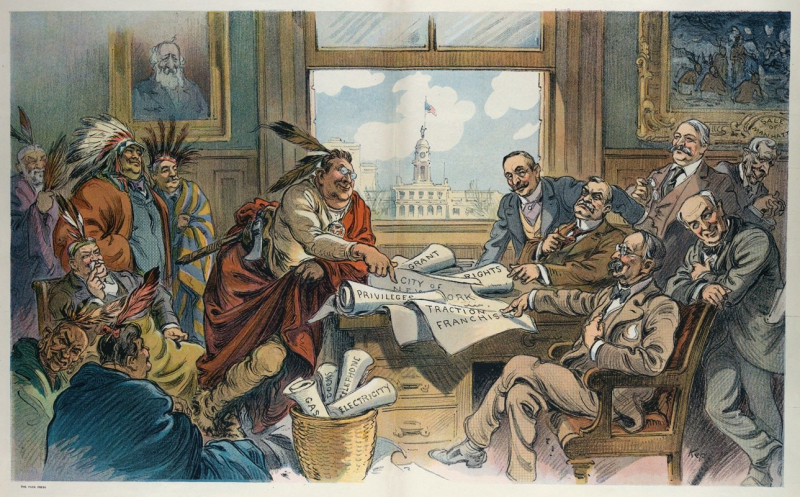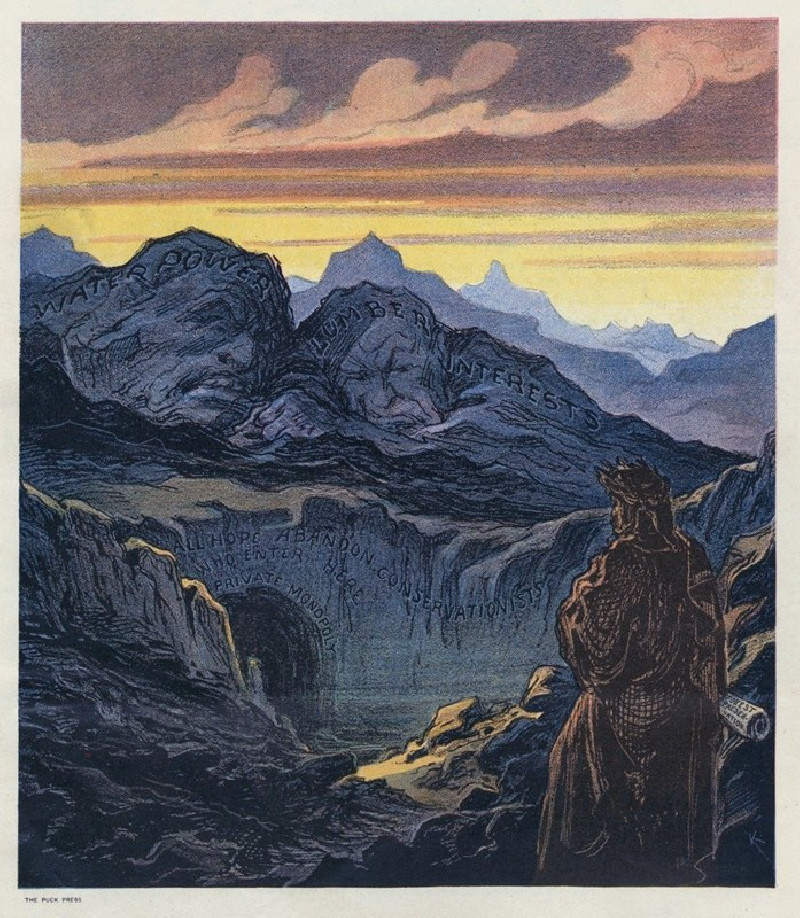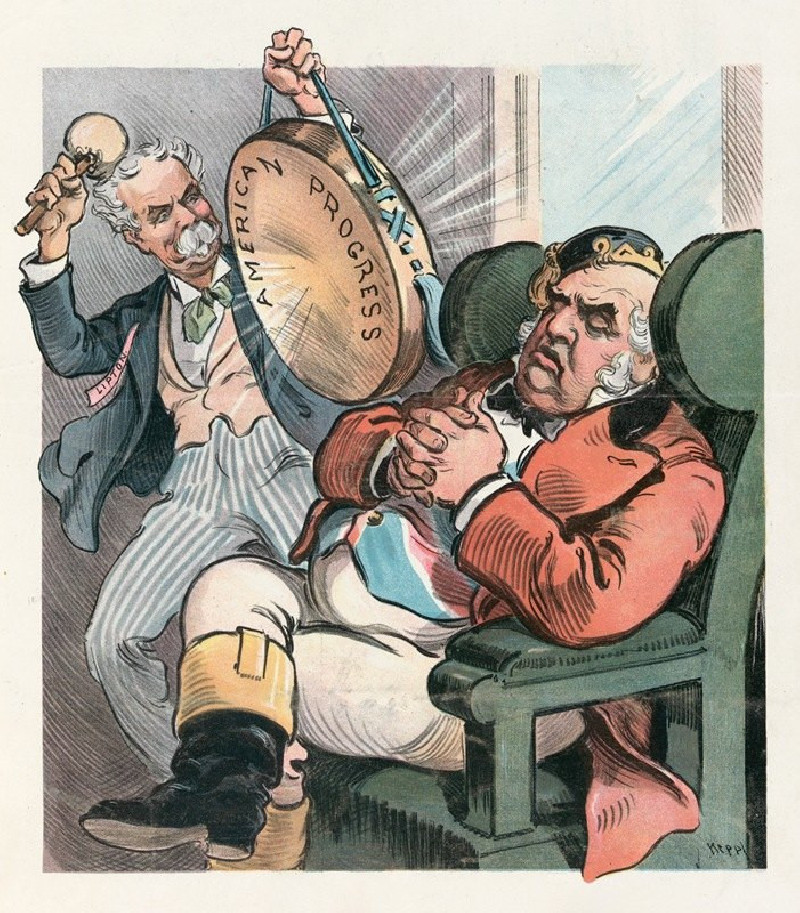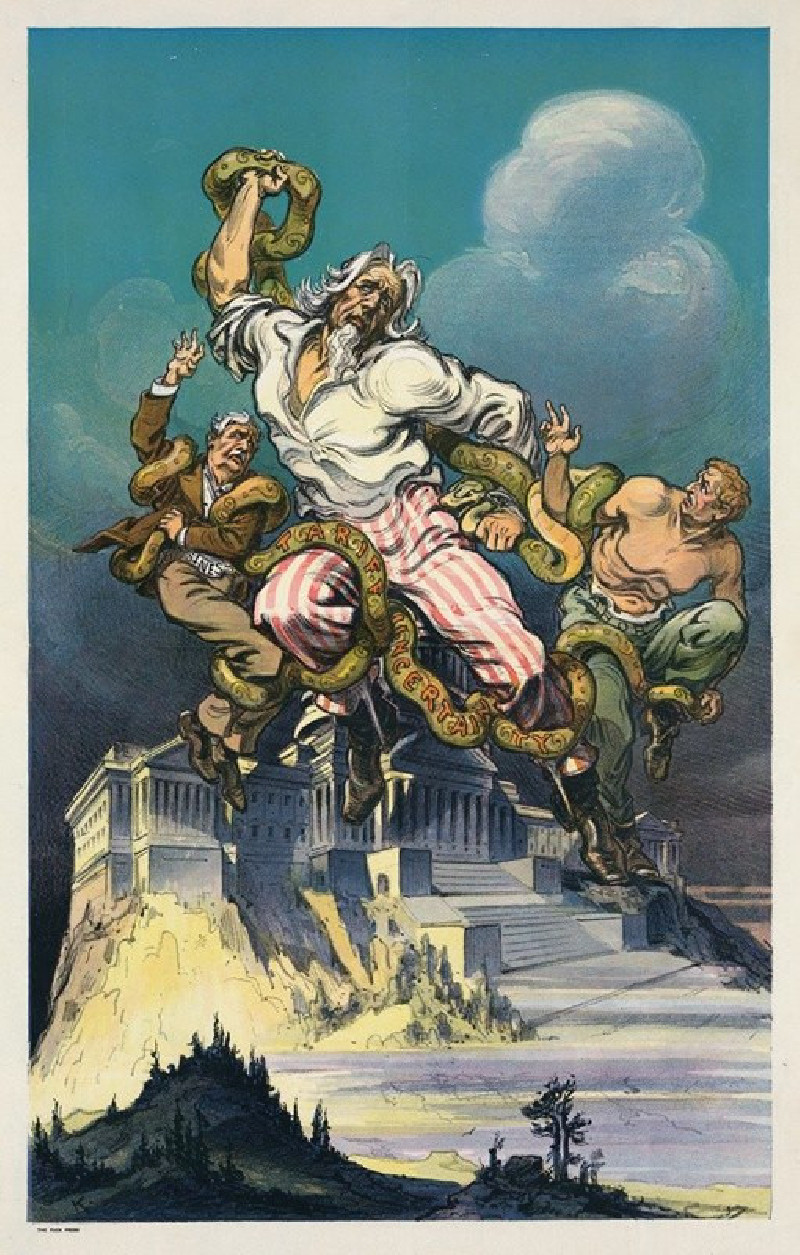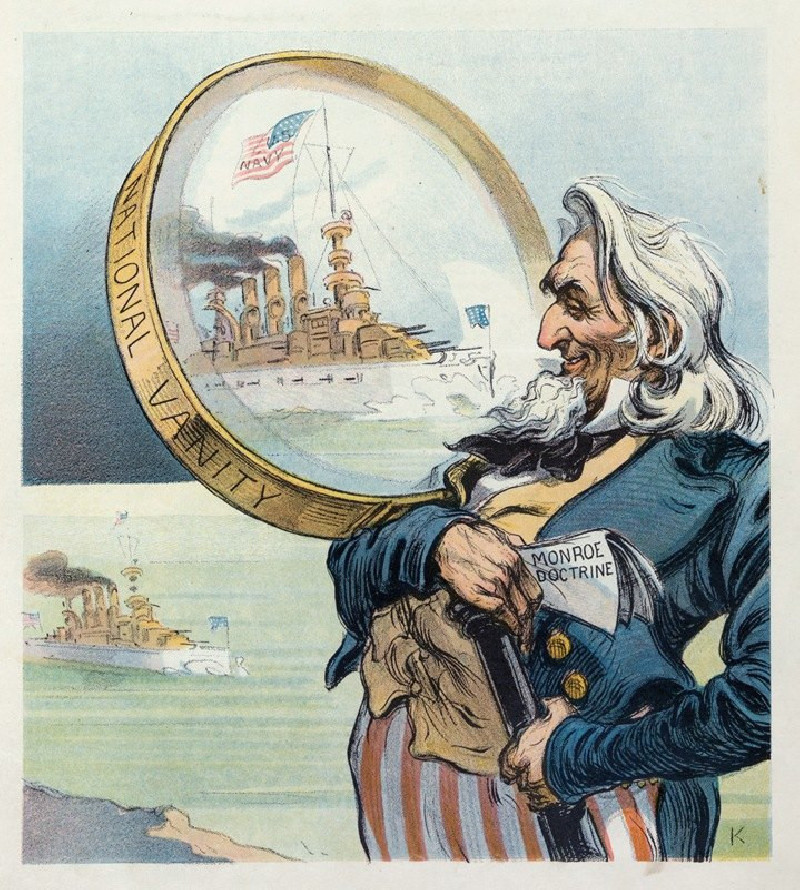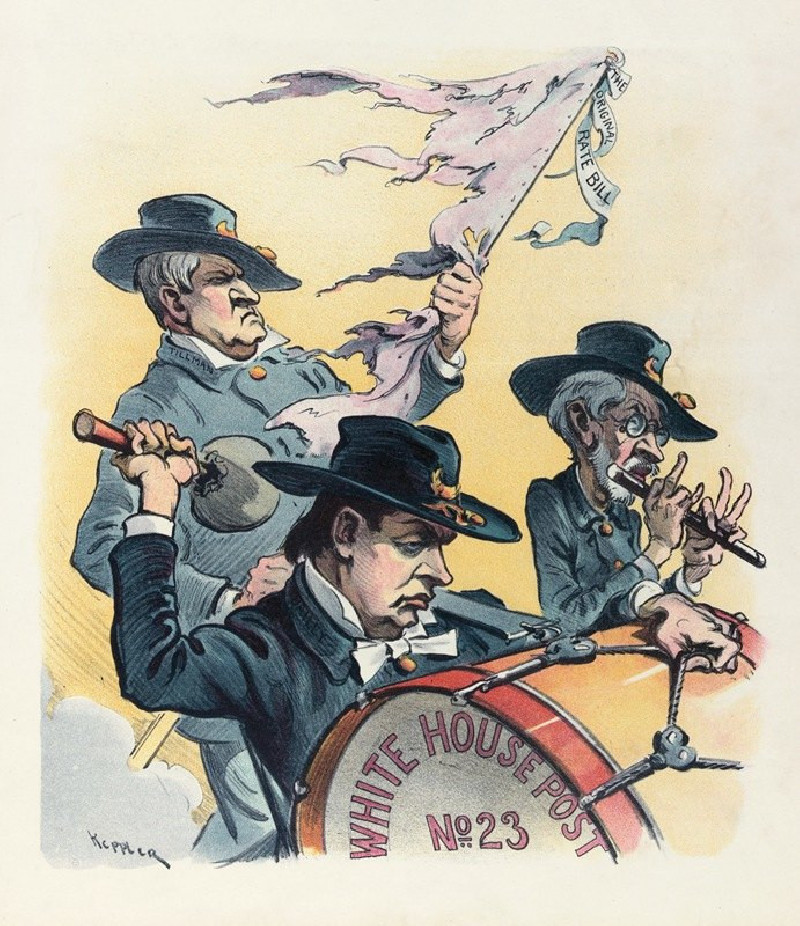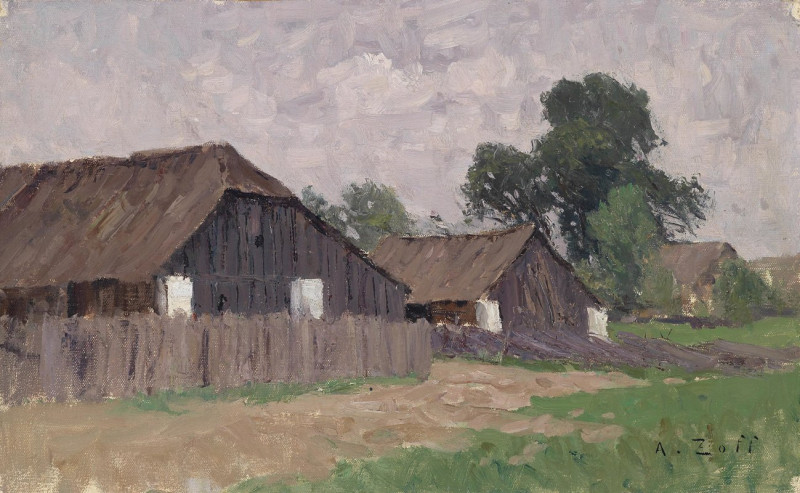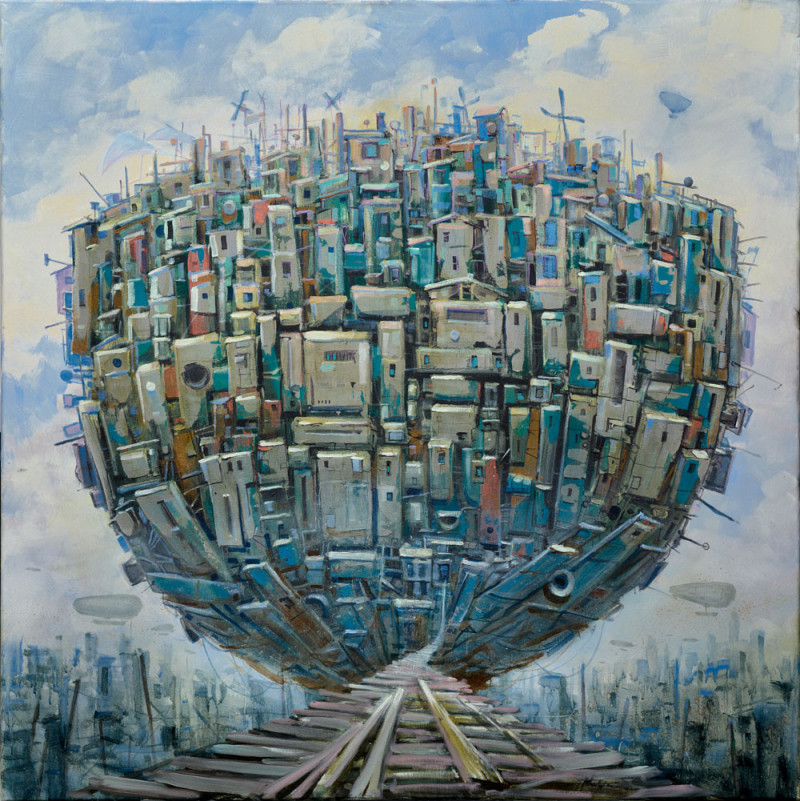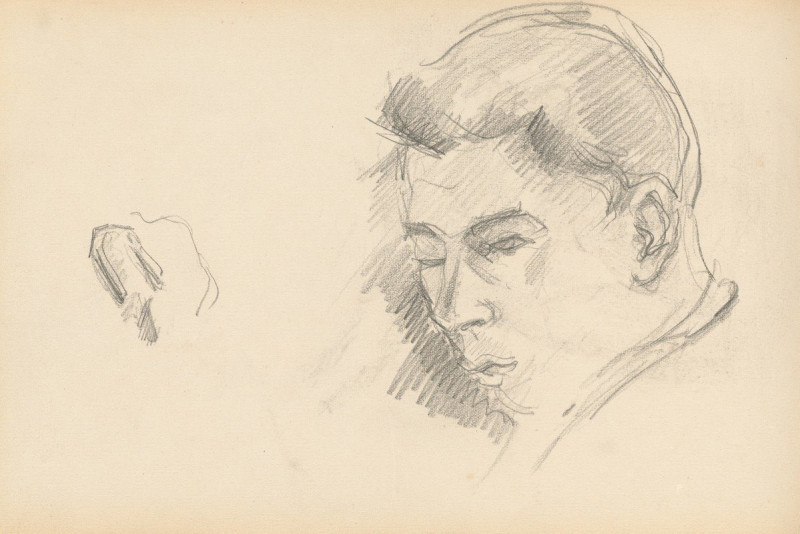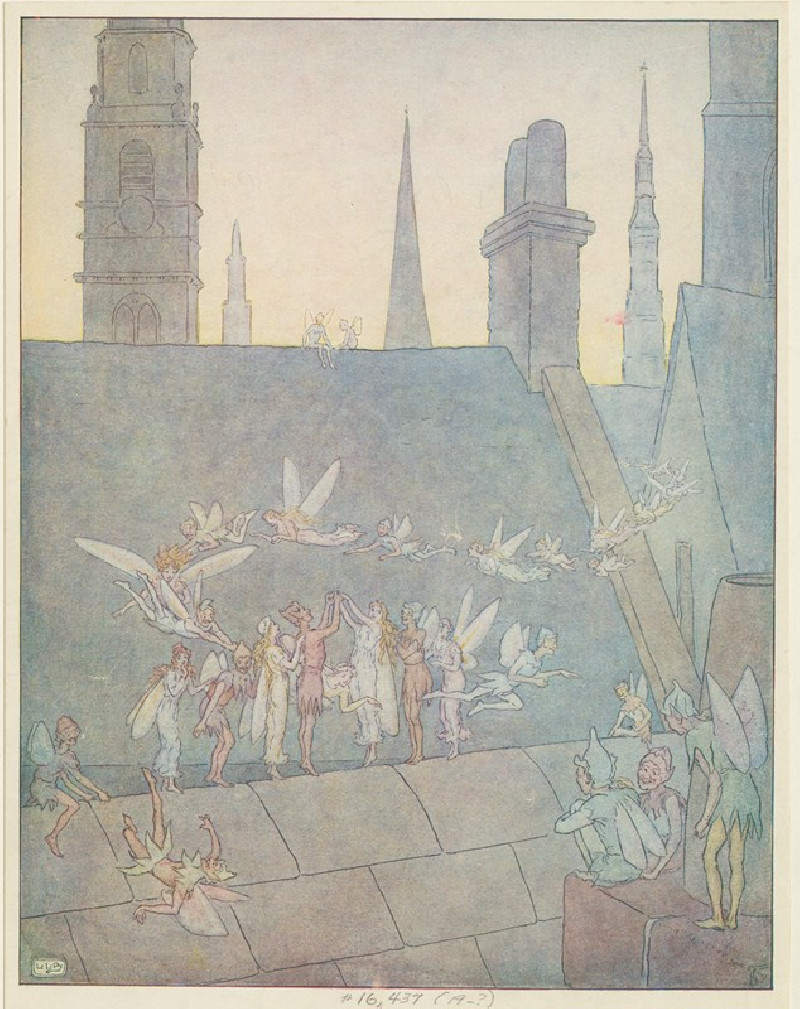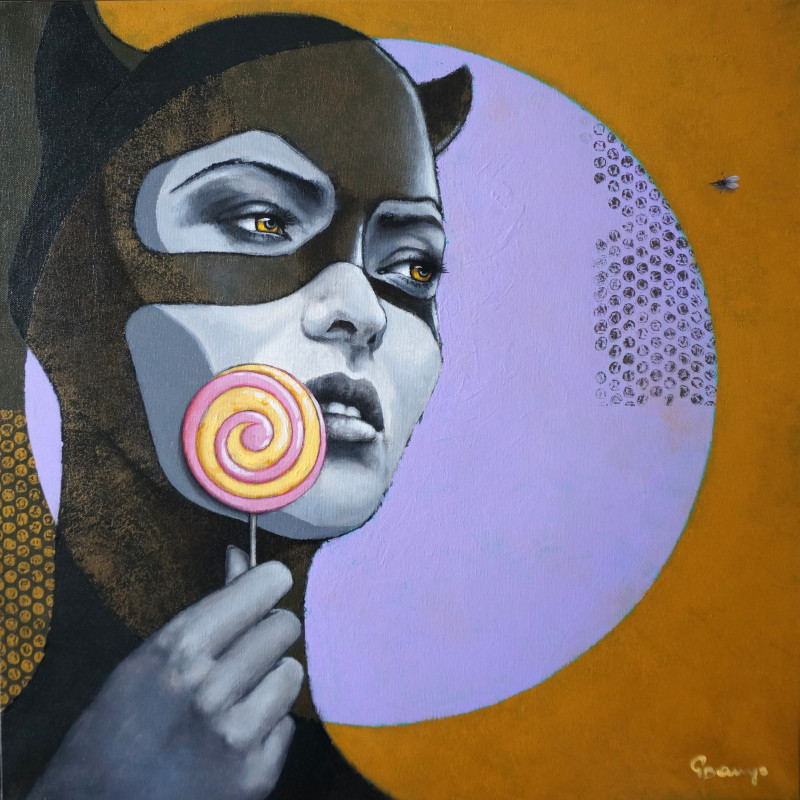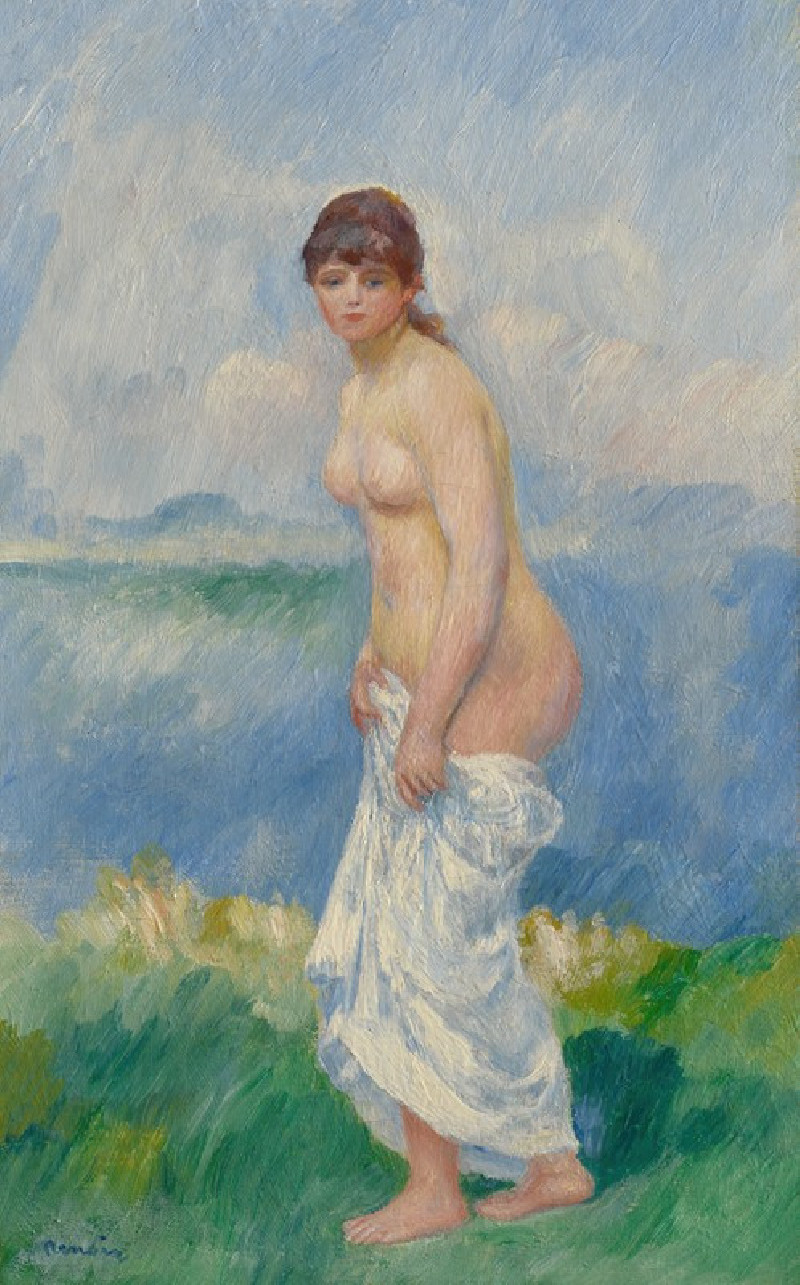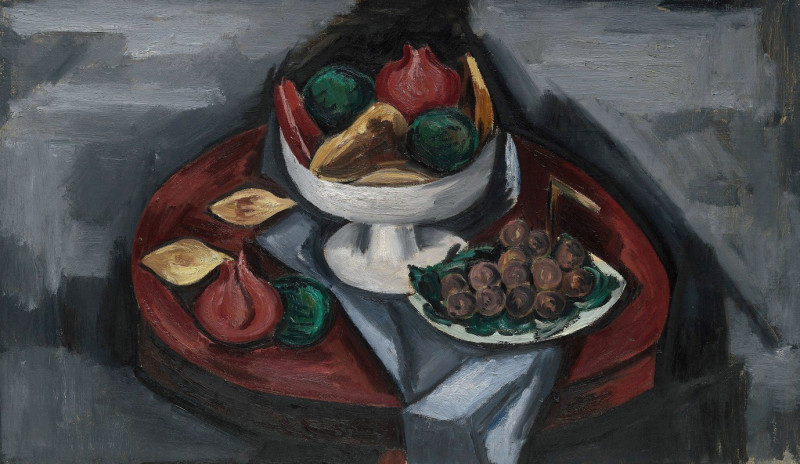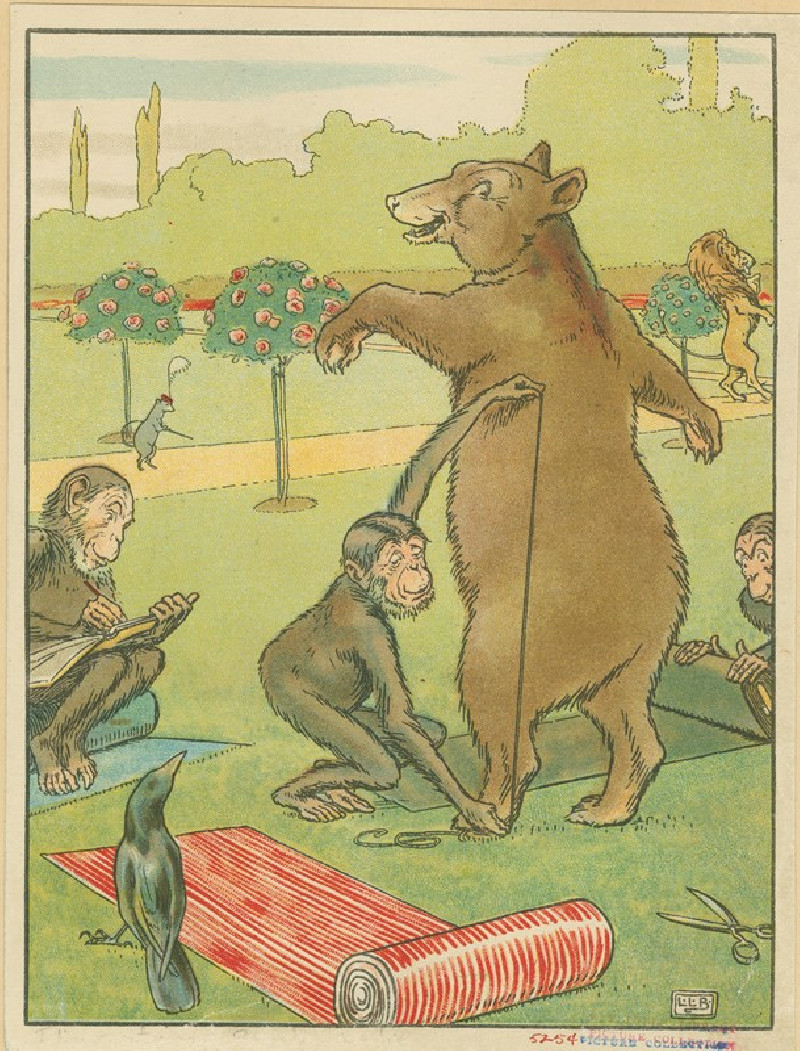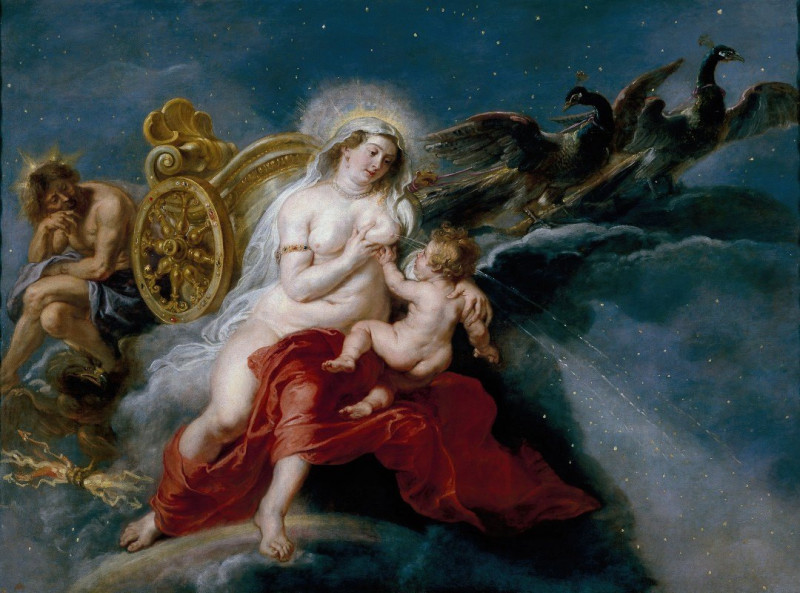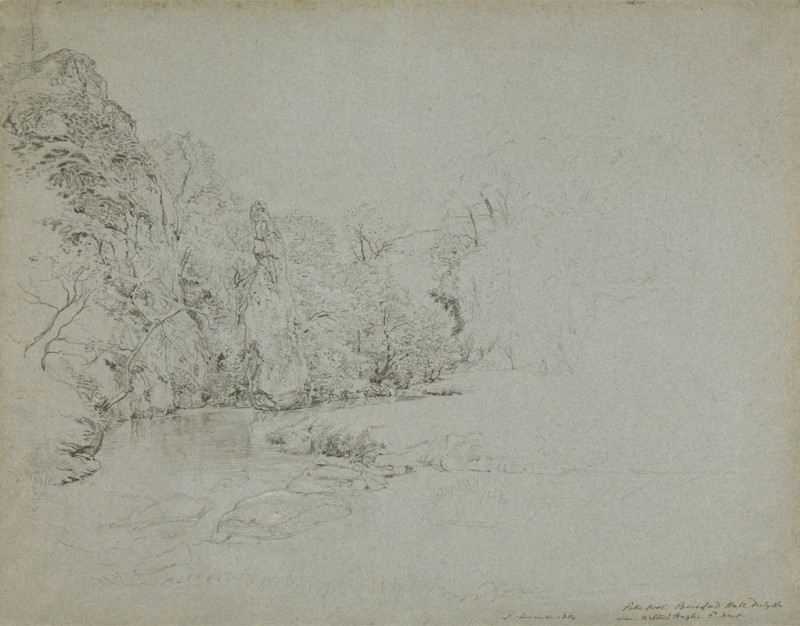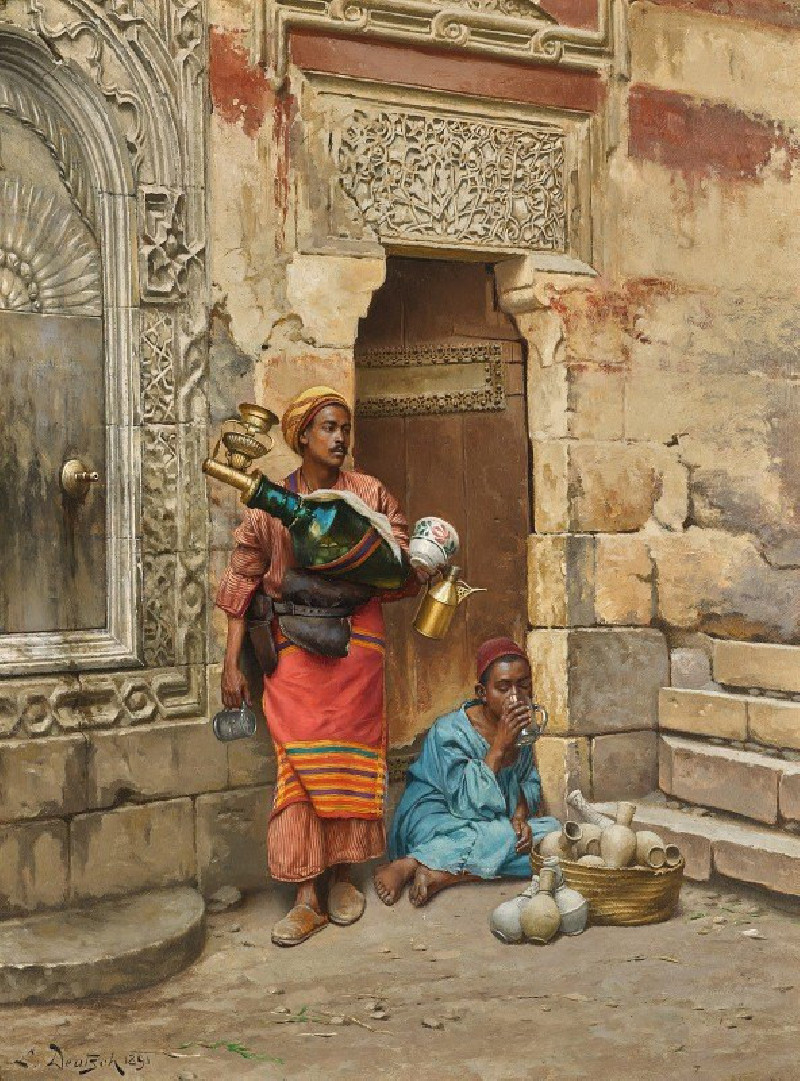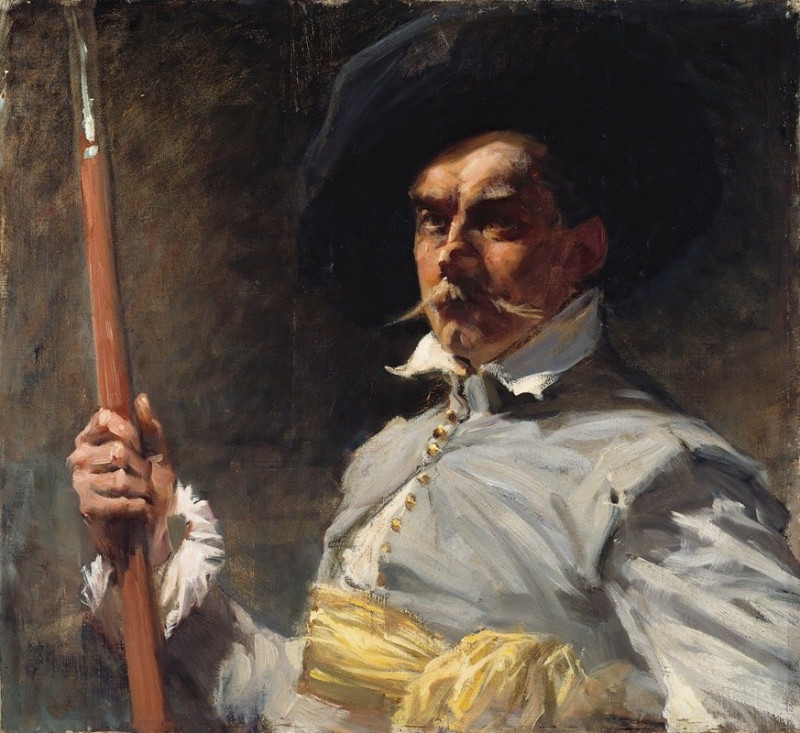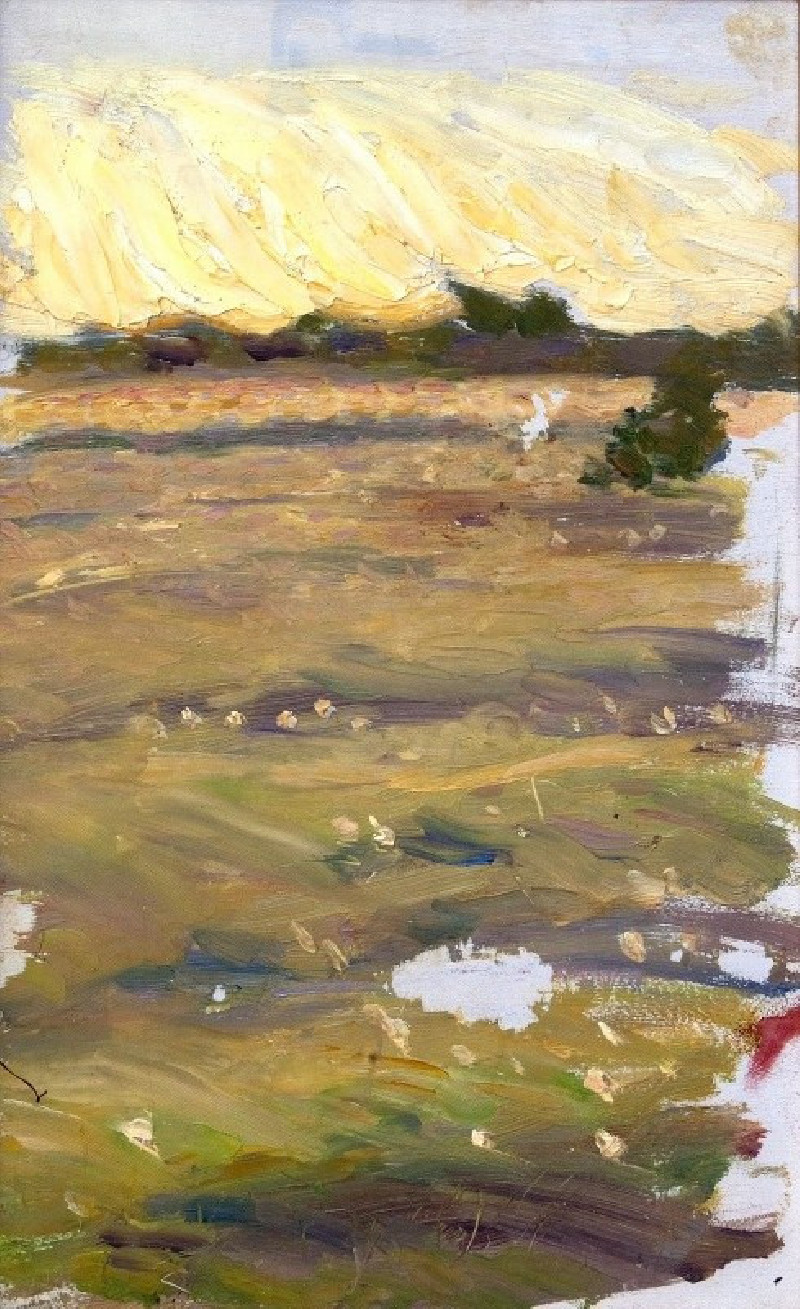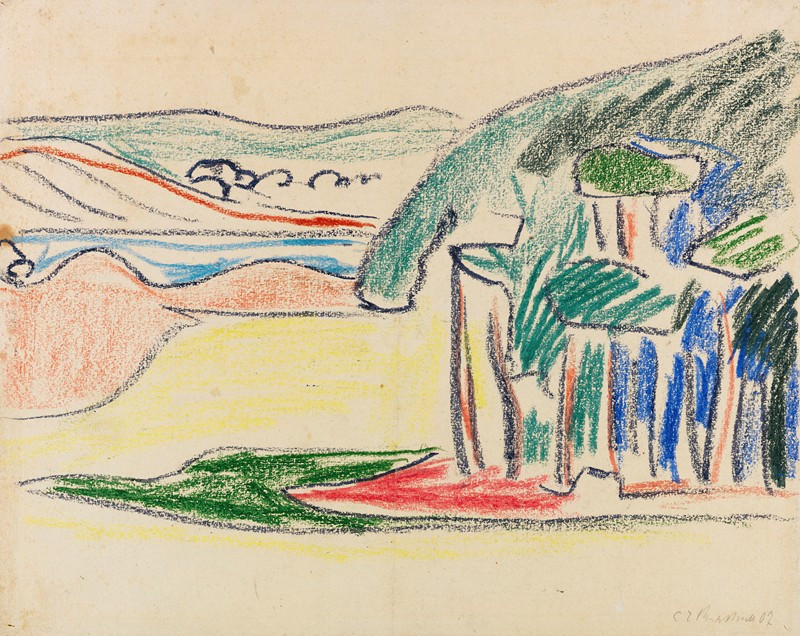The scab’s appeal to Justice (1902)
Technique: Giclée quality print
Recommended by our customers
More about this artwork
Udo Keppler's striking painting titled "The Scab’s Appeal to Justice" from 1902 provides a vivid commentary on social and economic tensions of the era. The artwork poignantly captures the drama and conflict inherent in labor disputes, foregrounding its human and ethical dimensions.In this dynamic scene, an anguished worker, a 'scab', lies prostrate at the feet of a blindfolded figure of Justice, looking desperately upward as if seeking mercy or intervention. This figure is traditionally dressed in flowing robes and sits immobile, symbolizing the administration of unbiased judgment. Notably, Justice's chair and blindfold are bound by ribbons labeled "Politics," suggesting that political interference can encumber genuine justice.A tumultuous background illuminates the scene's urgency—a group of angry labor strikers, armed with bats and their faces contorted with rage, advance forcefully. This likely represents the hostility that non-striking, or 'scab', workers faced from striking counterparts. Adding to the compelling narrative is a woman holding a child, appearing amidst the chaos, suggesting the broader impact of labor strikes on families.In the backdrop, an industrial setting with smokestacks is faintly visible, underscoring the painting's context within the Industrial Revolution, a period marked by its profound economic transformations and harsh realities for many workers."The Scab’s Appeal to Justice" serves not merely as a historical recount but as a profound artistic exploration of the social strife, the intersections of law, labor, and politics, and the deeply personal effects of these forces on individuals and families.
Delivery
Returns
Udo J. Keppler, since 1894. known as Joseph Keppler, Jr., was an American political cartoonist, publisher, and Native American advocate. The son of cartoonist Joseph Keppler (1838–1894), who founded Puck magazine, the younger Keppler also contributed to cartoons, and after his father's death became co-owner of the magazine under the name Joseph Keppler. He was also a collector of Native American artifacts.

